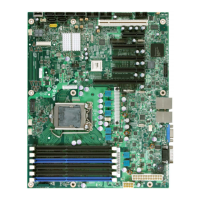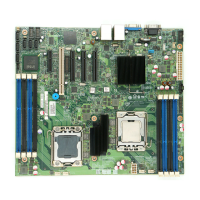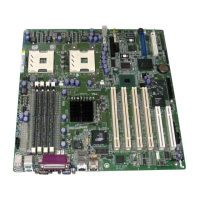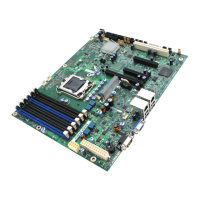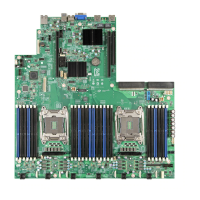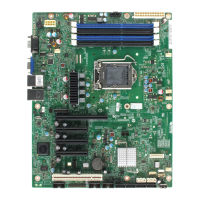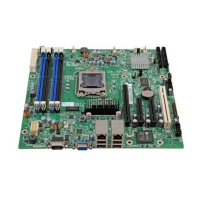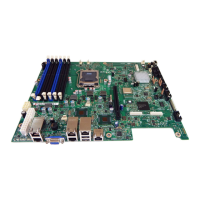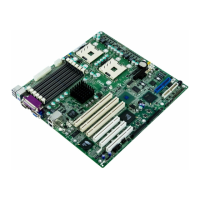12 Intel Server Board SCB2 Product Guide
RAID 0 configurations are used for high performance applications, as it doubles the sustained
transfer rate of its drives. RAID 1 configurations are primarily used for data protection. It creates an
identical drive backup to a secondary drive. Whenever a disk write is performed, the controller
sends data simultaneously to a second drive located on a different data channel. With 4 drives
attached to dual ATA-100 channels, two striped drive pairs can mirror each other (RAID 0+1) for
storage capacity and data redundancy.
Network Controller
✏
NOTE
To ensure EMC product regulation compliance, the system must be used
with a shielded LAN cable.
The server board uses two Intel
®
82550PM Fast Ethernet
†
Controllers and supports two
10Base-T/100Base-TX network subsystems.
The 82550 PM controller supports the following features:
• 32-bit PCI, CardBus master interface
• Integrated IEEE 802.3 10Base-T and 100Base-TX compatible PHY
†
• IEEE 820.3u auto-negotiation support
• Chained memory structure similar to the 82559, 82558, 82557 and 82596
• Full duplex support at both 10 Mbps and 100 Mbps operation
• Low power +3.3 V device
• IP checksum off-loading
On the SCB2, NIC 1 can be used as both a network interface and server management interface.
NIC Connector and Status LEDs
The 82550 controller drives LEDs on the network interface connector that indicate link/activity on
the LAN and 10- or 100-Mbps operation. The green LED indicates network connection when on
and TX/RX activity when blinking. The yellow LED indicates 100-Mbps operation when lit.
Network Teaming Features
✏
NOTE
Using both on-board NICs in a team does not allow the use of NIC 1 for
server management access. To support both network teaming features and
server management features, a third NIC must be added and teamed to NIC 2.
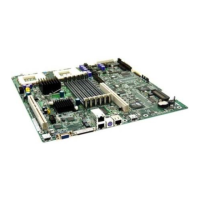
